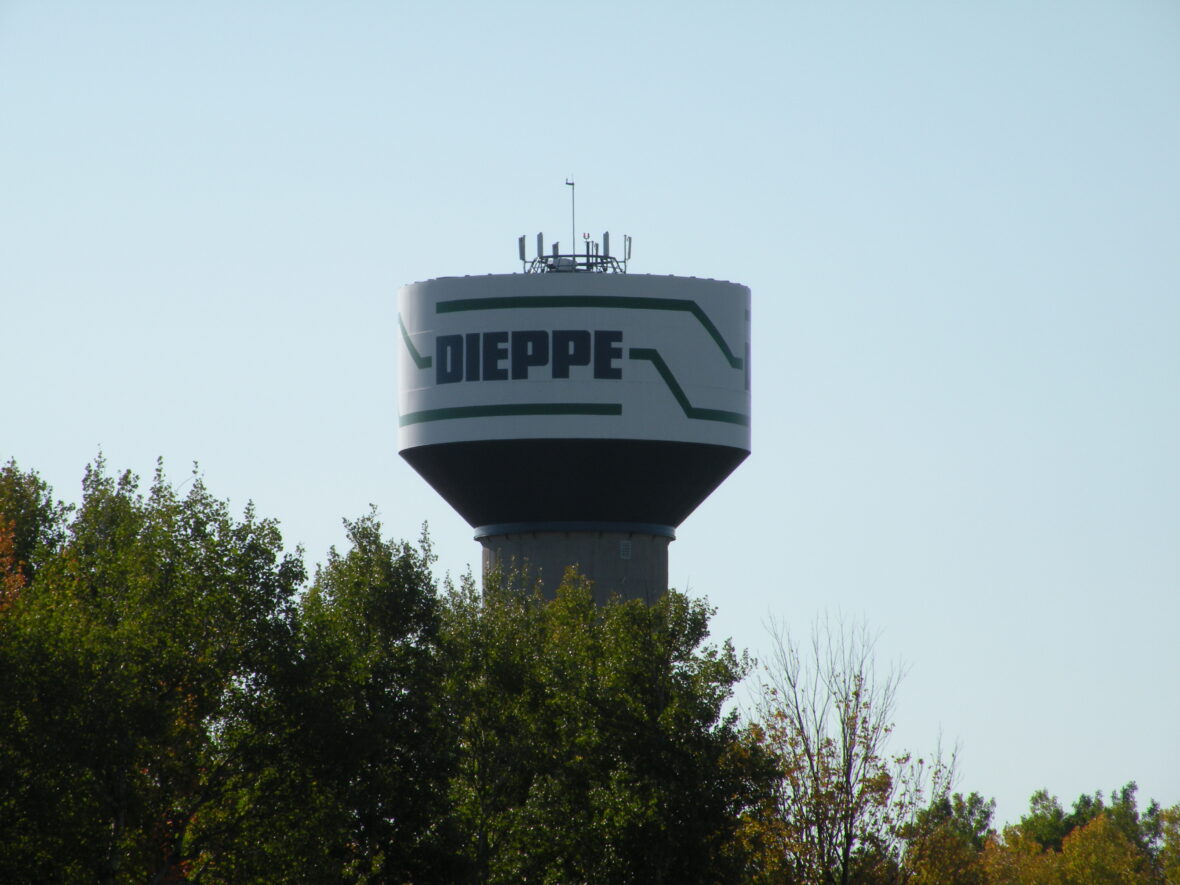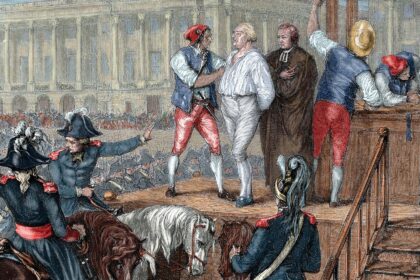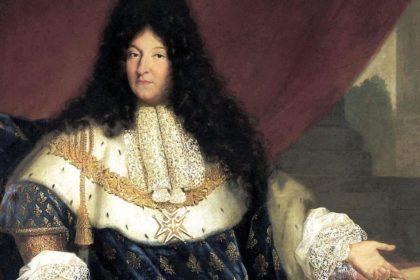Dieppe is a city in the Canadian maritime province of New Brunswick. Statistics Canada counted the population at 25,384 in 2016, making it the fourth-largest city in the province. Take a look below for 27 fun and awesome facts about Dieppe, New Brunswick, Canada.
1. Dieppe’s history and identity goes back to the eighteenth century. Formerly known as Leger’s Corner, it was incorporated as a town in 1952 under the Dieppe name, and designated as a city in 2003.
2. The Dieppe name was adopted by the citizens of the area in 1946 to commemorate the Second World War’s Operation Jubilee, the Dieppe Raid of 1942.
3. It is officially a francophone city; French is the native language of 73.9% of the population.
4. A majority of the population reports being bilingual, speaking both French and English.
5. Residents generally speak French with a regional accent (colloquially called “Chiac”) which is unique to southeastern New Brunswick.
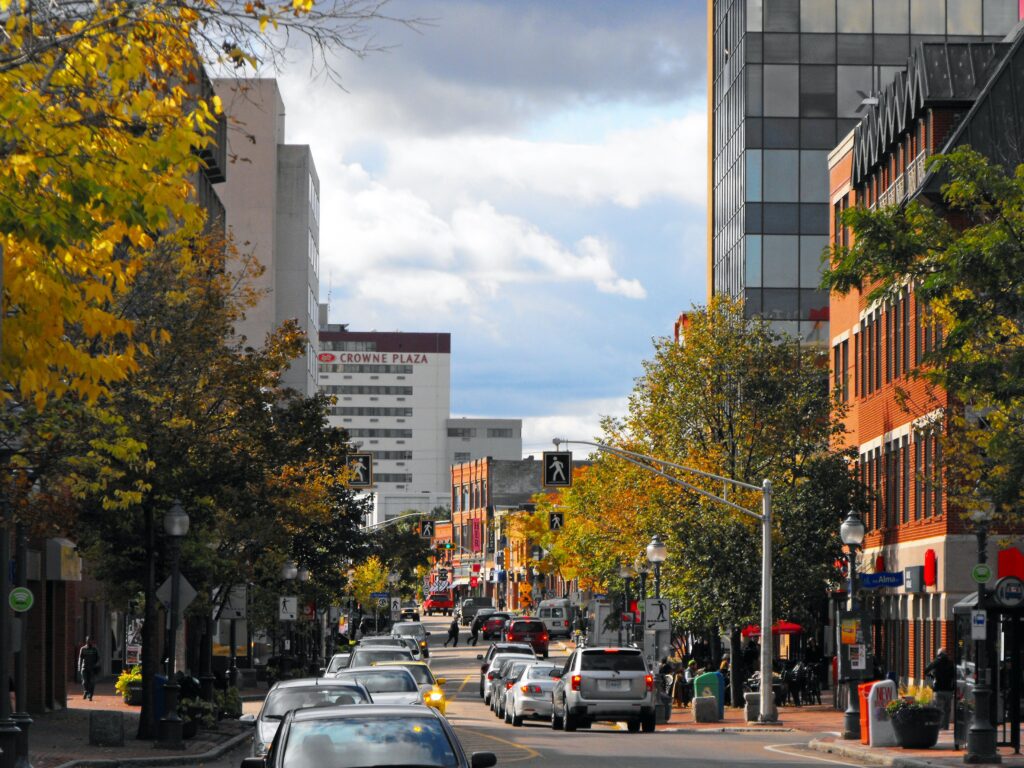
6. A large majority of Dieppe’s population were in favour of the by-law regulating the use of external commercial signs in both official languages, which is a first for the province of New Brunswick.
7. Dieppe is the largest predominantly francophone city in Canada outside Québec; while there are other municipalities with greater total numbers of francophones, they constitute a minority of the population in those cities.
8. Dieppe was one of the co-hosts of the first Congrès Mondial Acadien (Acadian World Congress) which was held in the Moncton region in 1994, and again in 2019.
9. Dieppe is part of the census metropolitan area of Moncton, which is New Brunswick’s most populous city at 144,810 according to Statistics Canada in 2016.
10. In 1910, the area known as French Village became known as Leger’s Corner which, in turn, became the Village of Dieppe in 1946 to commemorate the Canadian soldiers killed during the landing of Allied troops on Normandy beaches in Dieppe, France, on August 19, 1942.
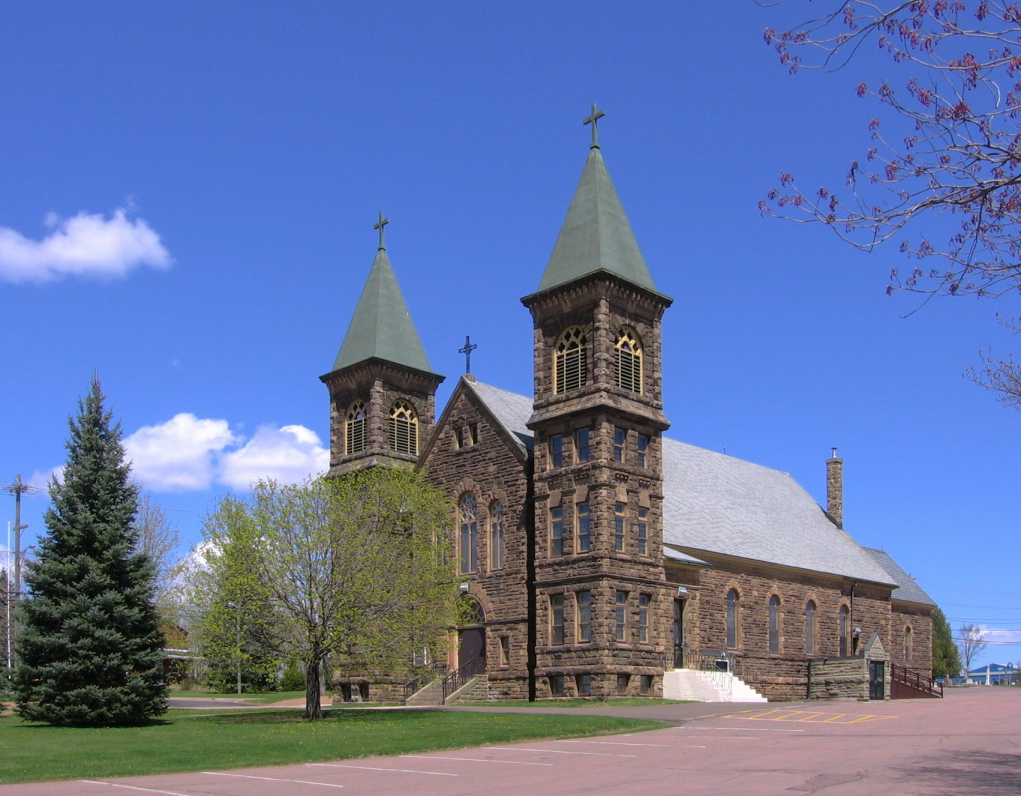
11. On January 1, 1952, the Village of Dieppe became the Town of Dieppe.
12. On January 1, 2003, the municipality was designated as the City of Dieppe.
13. Dieppe is located on the Petitcodiac River. It forms the southeastern part of the Greater Moncton Area, which also includes the city of Moncton, the town of Riverview, Moncton Parish, Memramcook, Coverdale, and Salisbury.
14. Dieppe’s city population increased significantly from 1971 to 1981 with the 1973 unification of the surrounding communities, i.e. Saint Anselme, Fox Creek/Dover and Chartersville.
15. Being part of Moncton census metropolitan area, Statistics Canada counted the (CMA) population at 144,810 (2016) – making it the largest urban area in New Brunswick and the third largest in Atlantic Canada.
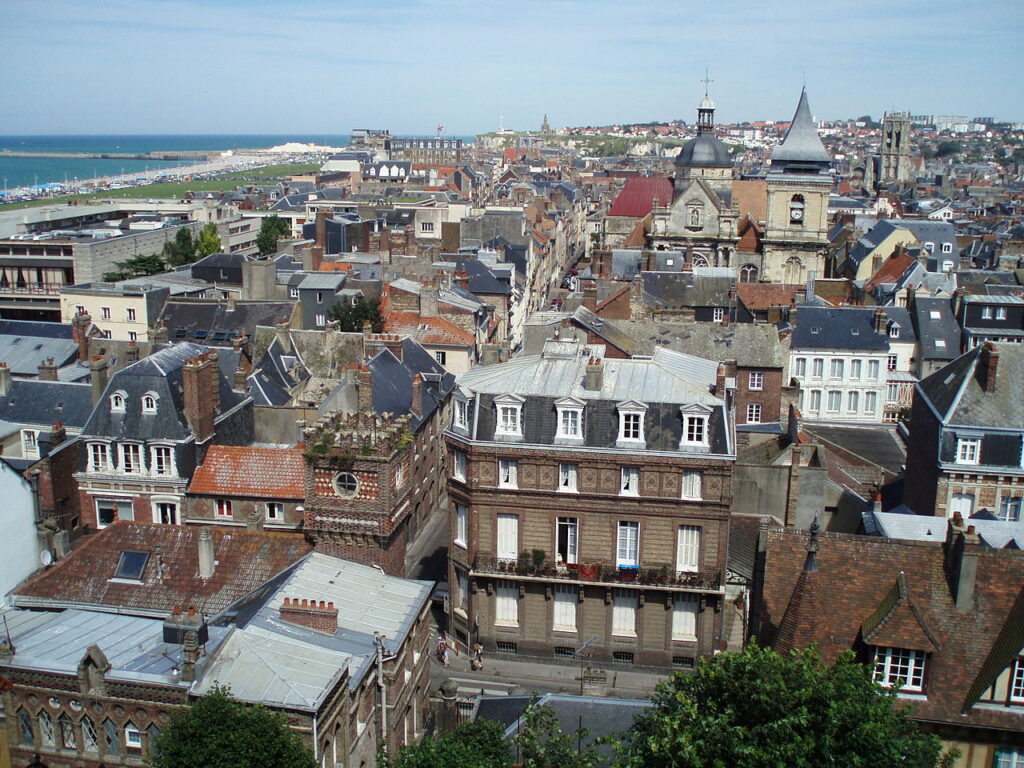
16. The community has some thirty-five parks and green spaces: one city park, fourteen green spaces and twenty neighbourhood parks, as well as green islands and a growing number of trails and bicycle paths.
17. The first Dieppe Kite International took place in 2001 with the objective to offer an event that was original and of international calibre.
18. The annual friendship winter carnival started in the 1970s and features sleigh rides, skating on the pond, fiddle music, community breakfasts, canteen and more.
19. Located at 111 Aquatique Street, Dieppe Aquatic and Sports Centre is a recreational facility, with three pools; a 25-meter six-lane pool for laps and various activities; a two-lane recreational pool for swimming and aquafitness sessions; and a second recreational pool with a slope from 0 to 1.4 meters equipped with water games, waterslides, a sitting and water jets area and a pirate’s boat for children.
20. The city of Dieppe is a participant in the province of New Brunswick’s local historic places program, funded by the government of Canada through the historic places initiative.
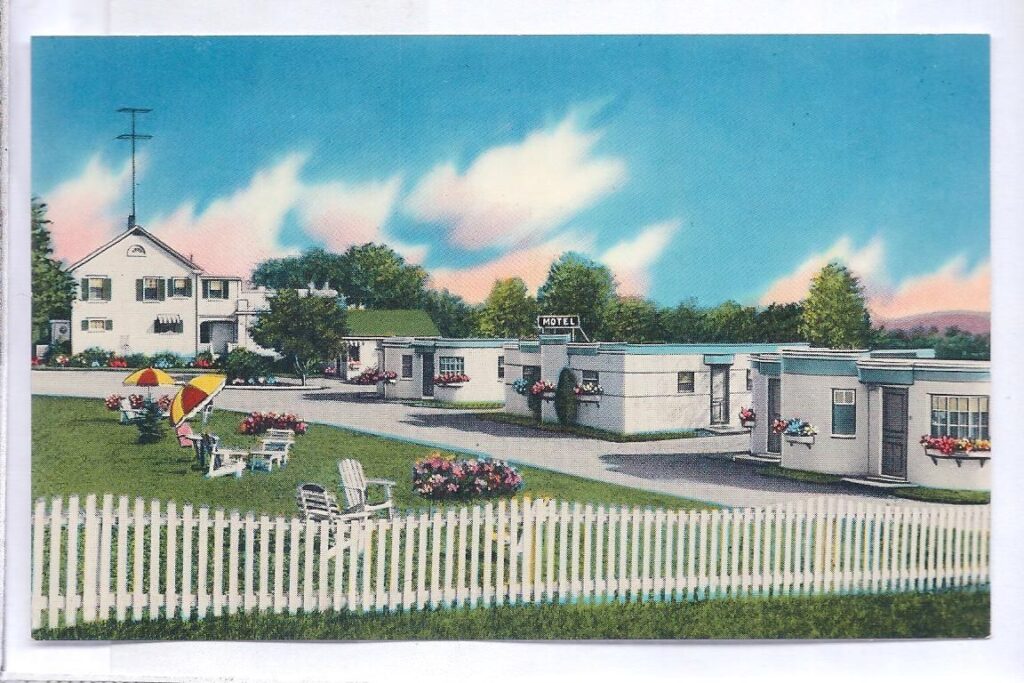
21. Saint Anselme Church is a Romanesque Revival Catholic church located at 1014 Amirault Street in the Saint-Anselme sector of Dieppe. Built at the turn of the 20th century, this rectangular cut-stone structure has a gable roof and two square towers on the front façade. Saint-Anselme Church is designated a Local Historic Place for its religious role and for its architecture. It illustrates the Acadians’ respect for religious and spiritual matters. The church replaced one that had been built in 1839. Originally, a chapel built in 1812, located west of the current Chapelle Street, was used for worship until 1839. Construction work on Saint-Anselme Church began in 1898. The blessing of the church took place on October 11, 1904.
22. Saint Teresa of the Infant Jesus Church is a large stone and concrete structure with a bell tower and Gothic windows. This modern interpretation of Gothic Revival religious architecture is located at the corner of Sainte-Thérèse Street and Acadie Avenue in Dieppe. The church highlights the importance of the Catholic Church in the community life of Leger Corner. In 1930, this parish broke away from the parish of Saint-Anselme and built its first church, made of wood. That building was converted into a community centre in 1950 when this new stone church was opened to the public. Sainte-Thérèse Church is recognized for its architecture. This place of worship was built by contractor Abbey Landry of Memramcook from 1949 to 1950. This building exhibits a modern interpretation of traditional Gothic Revival religious architecture. In its Gothic windows, magnificent stained-glass panels illustrate the life of patron Saint Theresa of the Child Jesus, a Carmelite nun who died at Lisieux, France in 1897, at the age of 24.
23. Joseph-Doiron House is located at 1150 Amirault Street. Built in 1847, the Joseph-Doiron House was once the meeting and celebration place for the Village of St-Anselme. Its basement also served as a school. Joseph Doiron was a literate notary who had been educated in Memramcook by Father Louis Brodeur.
24. The Greater Moncton International Airport was officially opened in 2002 by Queen Elizabeth II. It is 6 km from downtown Dieppe and 10 km from Moncton.
25. Moncton Flight College, the largest private flight school in Canada, is at the airport. MFC has trained over 16,000 pilots from around the world since 1929.
26. Codiac Transpo is the city of Moncton, Dieppe and town of Riverview’s public transit system. Within Codiac transpo 47 bus fleet, three services Dieppe’s main arteries and subdivisions seven days a week; in addition to its numerous fleet of Codiac Buses at the Champlain Place terminal.
27. The first Hall’s Creek bridge in Moncton was built in 1867, which link the city with Leger’s Corner via the Westmorland Road (Main Street). The current structure at the Wheeler Boulevard intersection opened in 1982.

